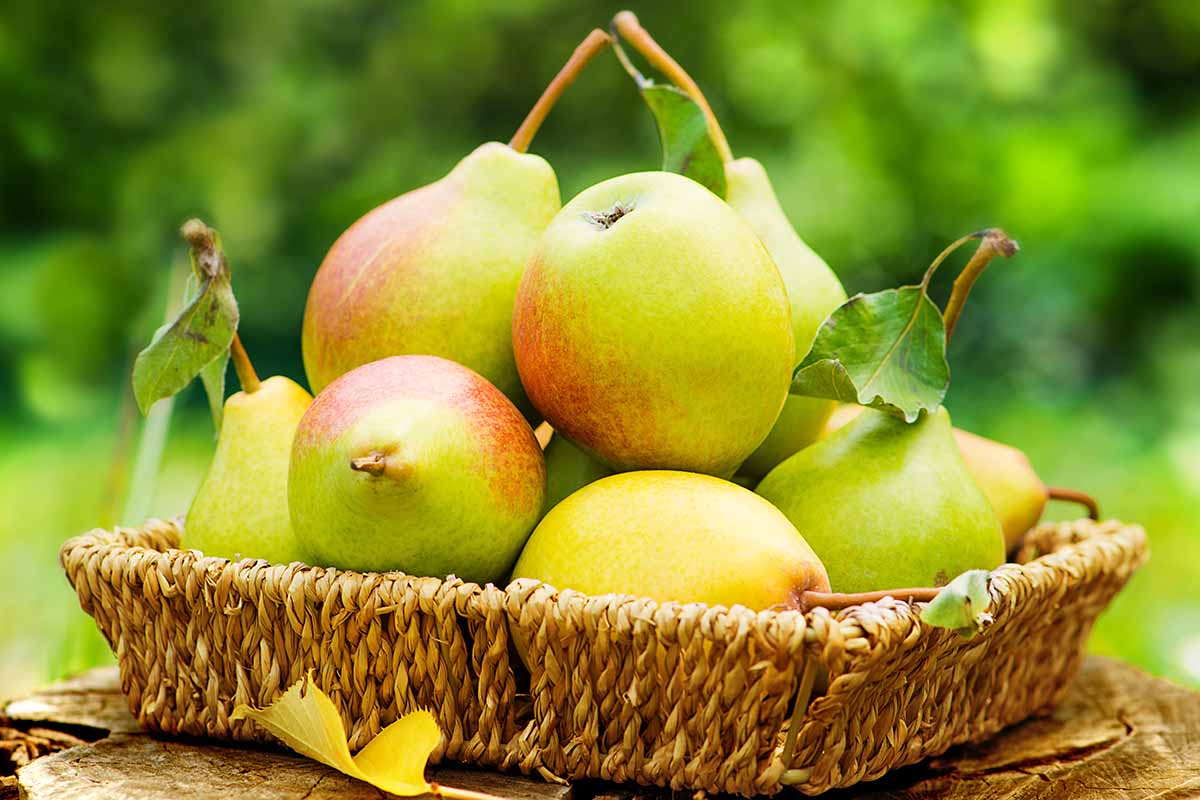This is overall a good list in my opinion. 17 of the Best Fireblight Resistant Pear Varieties | Gardener’s Path
" 17 OF THE BEST FIREBLIGHT RESISTANT PEAR VARIETIES
June 19, 2024 by Kristine Lofgren
Fireblight is a terror. It’s a bacterial disease that infects pears, plums, apples, and other fruit trees, transforming your plant from a luscious, productive specimen to an oozing, shriveled, blackened mess. And forget about enjoying any of the fruits.
Fireblight is caused by the bacteria Erwinia amylovora and is one of the most devastating diseases of pears.
When conditions are right for the bacteria, this disease can completely decimate an entire orchard in a single season.
It originated in North America and has spread to the rest of the globe, leaving experts scrambling to find and breed trees that can withstand the effects of infection.
Plant breeders have been successful and we have quite a few options now that are able to resist infection. This doesn’t mean the tree is completely immune to the bacteria, it can still become infected, but symptoms are significantly reduced.
Here are the pear varieties worth looking at if you want to avoid fireblight:
17 Fireblight-Resistant Pear Varieties
-
Warren
"
"

KRISTINE LOFGREN
Kristine Lofgren is a writer, photographer, reader, and certified Master Gardener with Oregon State University. She was raised in the Utah desert, and made her way to the rainforests of the Pacific Northwest with her husband and two dogs in 2018. Her passion is focused these days on growing ornamental edibles, and foraging for food in the urban and suburban landscape."

